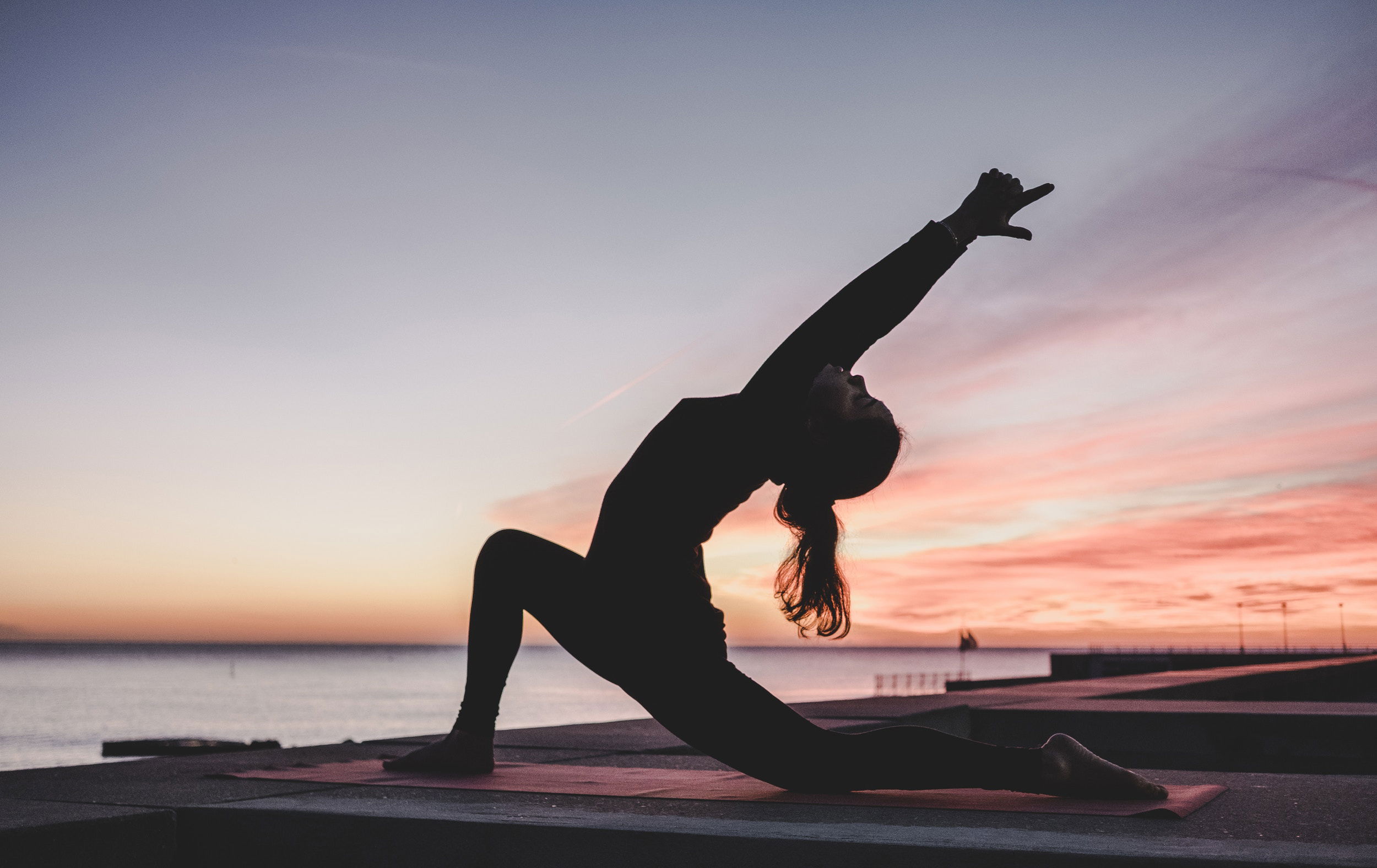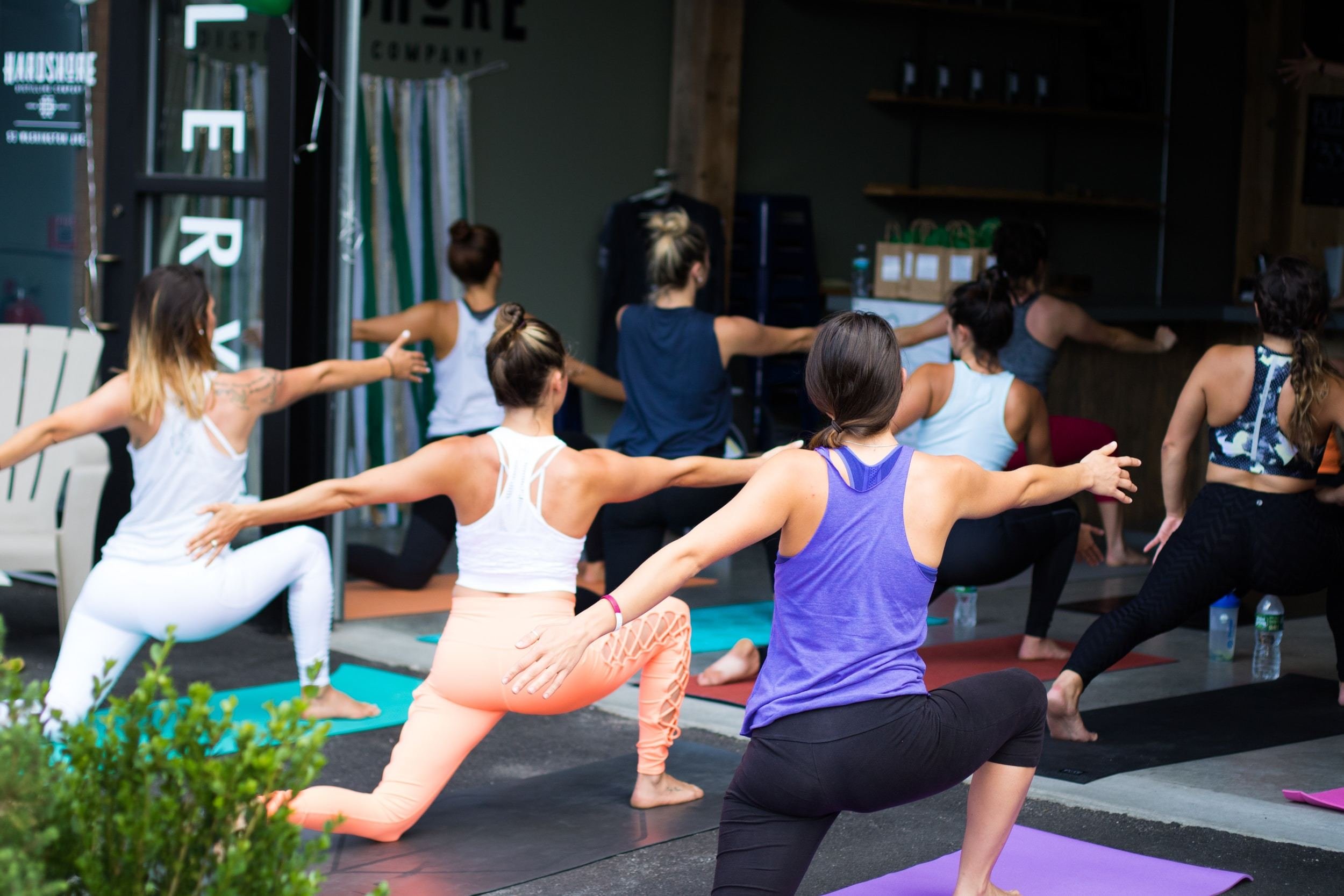Yoga for Mind and Body: Balancing Stress and Flexibility
In the fast-paced, modern world we live in, finding a way to strike a balance between the demands of daily life and maintaining our mental and physical health can be challenging. Stress, anxiety, and physical ailments often result from the constant pressures we face. Yoga, an ancient practice that originated in India over 5,000 years ago, offers a holistic approach to achieving harmony between the mind and body. In this article, we will explore how yoga can be a powerful tool for managing stress and increasing flexibility, backed by scientific evidence and expert opinions.

The Essence of Yoga
Yoga is not just about twisting your body into complex postures or chanting mantras. At its core, yoga is a comprehensive system that encompasses physical postures (asanas), breathing techniques (pranayama), meditation, and ethical principles that guide one's behavior. The goal of yoga is to unite the mind, body, and spirit, fostering a sense of balance and well-being.
Stress Relief Through Yoga
Stress is a ubiquitous part of modern life, and its detrimental effects on both mental and physical health are well-documented. Fortunately, yoga offers an effective way to manage and reduce stress.
1. Stress Reduction Hormones:
- Yoga practice has been shown to increase the production of gamma-aminobutyric acid (GABA), a neurotransmitter that regulates brain activity and promotes relaxation.
- Source: Harvard Health Publishing
2. Lowering Cortisol Levels:
- Yoga can reduce cortisol levels, the hormone associated with stress. Regular yoga practice helps bring cortisol levels under control.
- Source: Psychoneuroendocrinology
3. Enhancing the Relaxation Response:
- Mindful yoga practices, such as restorative yoga and yoga nidra, stimulate the body's relaxation response, promoting a sense of calm.
- Source: The Journal of Alternative and Complementary Medicine
Improved Flexibility and Physical Health
The physical aspect of yoga is what often comes to mind when people think of this practice. Yoga poses, when practiced regularly, enhance flexibility, strength, and overall physical well-being.
1. Increased Flexibility:
- Yoga postures gently stretch and lengthen muscles, increasing flexibility and reducing the risk of injury.
- Source: International Journal of Yoga
2. Muscle Strength:
- Yoga requires engagement of various muscle groups, leading to improved strength, balance, and stability.
- Source: Journal of Strength and Conditioning Research
3. Pain Management:
- Yoga is often used as a complementary therapy for managing chronic pain conditions such as lower back pain and arthritis.
- Source: Journal of Pain Research
Getting Started with Yoga
Whether you are a seasoned yogi or a beginner, there are various styles of yoga to explore. Some popular options include Hatha, Vinyasa, Bikram, and Yin yoga. The choice of style depends on your goals and preferences.
Tips for Beginners:
- Start with a beginner's class or online tutorial to learn the basics.
- Invest in a good quality yoga mat to provide cushioning and grip.
- Practice regularly but do not push yourself too hard; listen to your body's cues.
- Combine asanas with pranayama (breathing exercises) for a holistic experience.

Conclusion
Yoga is not merely a physical exercise; it is a path to holistic well-being. Scientific research and anecdotal evidence consistently support the benefits of yoga for reducing stress and increasing flexibility. Whether you are seeking stress relief, improved physical health, or a deeper connection between mind and body, yoga has something to offer. Incorporating yoga into your daily routine can help you achieve the balance needed to thrive in our hectic world. So, unroll your mat, take a deep breath, and embark on a journey of self-discovery and well-being through yoga.
Sources:
- Harvard Health Publishing. "Yoga for anxiety and depression." Read more
- Psychoneuroendocrinology. "Effect of yoga on serum cortisol level in subjects with diabetes." Read more
- The Journal of Alternative and Complementary Medicine. "The Effects of Yoga on Anxiety and Stress." Read more
- International Journal of Yoga. "Yoga practice improves hand-grip strength." Read more
- Journal of Strength and Conditioning Research. "Comparison of two yoga-based exercise programs for relieving symptoms in women with rheumatoid arthritis." Read more
- Journal of Pain Research. "Effect of yoga on chronic non-specific low back pain." Read more